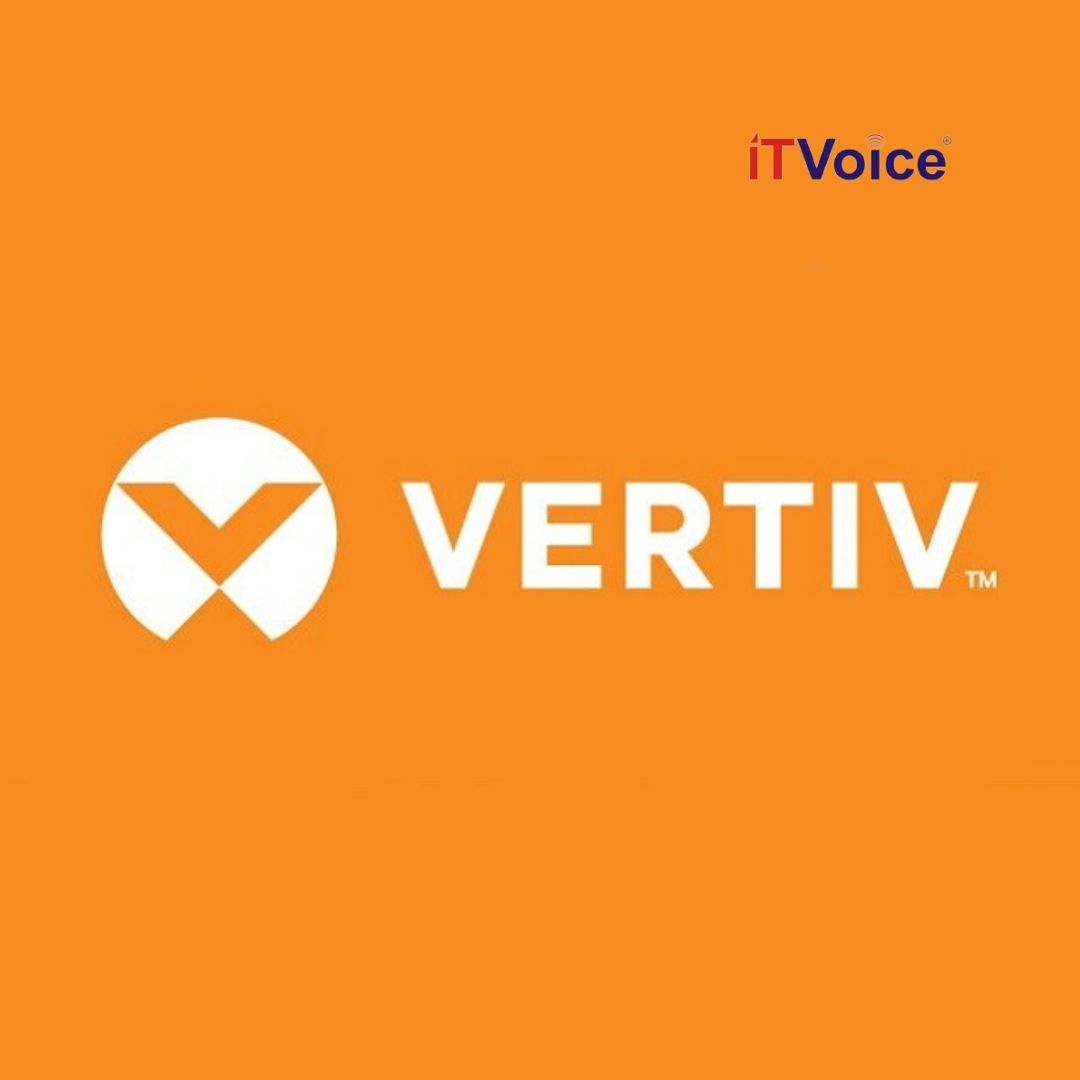Vertiv (NYSE: VRT) (https://bit.ly/3ihzBgg), a global provider of critical digital infrastructure and continuity solutions, today announced that it has become a lead sponsor of the Sustainable Digital Infrastructure Alliance (SDIA). Vertiv will apply its expertise, global reach and lead position in several key data centre technology areas to support the SDIA’s mission to bring together key players from across the critical infrastructure arena to meet sustainability goals.
Established in 2019, the SDIA is a non-profit network of more than 65 organizations across Europe and beyond, working to catalyse the transition to sustainable digital infrastructure. It aligns all stakeholders of the digital ecosystem – from energy supply and data centres, to fibre-optic networks and software – on the mission of fostering a sustainable digital economy and realizing their Roadmap (https://bit.ly/3meXXYT) to Sustainable Digital Infrastructure by 2030.
Max Schulze, SDIA executive chairman, welcomed Vertiv to the Alliance. “Vertiv’s experience and expertise in the critical infrastructure sector, including data centres, is well established. Together we will continue to develop new concepts and technologies to make climate-neutral data centres and digital infrastructure a reality.”
Commenting on the partnership with the SDIA, Giordano Albertazzi (https://bit.ly/3zUZdW9), president for Europe, Middle East and Africa (EMEA) at Vertiv, said: “Achieving a successful transition to a sustainable and digital future will require the cooperation of a wide variety of stakeholders, including governments as well as organisations from across the energy and technology industries. Vertiv is proud to support a group such as the SDIA which can help bring together these contributors and align them towards the common goal of developing a sustainable digital economy.”
Initially, Vertiv and the SDIA will focus their relationship around Europe – currently at the forefront of sustainability technology development as well as government regulation and investment.
Vertiv’s membership of the SDIA follows similar initiatives with organisations such as the European Data Centre Association (EUDCA) (www.eudca.org), which Vertiv joined in 2018. Vertiv, via its membership of the EUDCA, is also helping to contribute to the development of the recently announced Climate Neutral Data Centre Pact (https://bit.ly/3a6h7ed). The pact is a major self-regulatory initiative setting targets that put the cloud and data centre industry on a path to meet the European Commission’s goal for climate-neutral data centres by 2030, and supporting the wider goal of the European Green Deal to make Europe the first climate-neutral continent by 2050.
The cooperation with the SDIA is the latest in a series of advances Vertiv has made around sustainability and the wider Environmental, Social and Governance (ESG) arena. Vertiv recently released a series of highly-efficient products in EMEA, such as the Liebert® EXM2 uninterruptible power supply (UPS) (https://bit.ly/3mb9Cbi), the Liebert® AFC inverter screw chiller with low global warming potential (GWP) refrigerant (https://bit.ly/3kWbEwM), and the innovative Vertiv™ Liebert® EXL S1 UPS with Dynamic Grid Support feature (https://bit.ly/3AVq31v), which allows energy-intensive industries to utilise UPS systems in a proactive way and support the transition to green energy sources. As intermittent renewables continue to challenge conventional electric power generation, new energy storage services are required to help meet sustainability goals, generate revenues and reduce energy bills. In March 2021, Vertiv also announced that it had supported Norwegian colocation provider Green Mountain (https://bit.ly/3kUmtiN) in deploying cutting-edge technologies to further increase efficiency and sustainability at what was already among the greenest data centres in the world.
Some of the immediate areas of cooperation between SDIA and Vertiv will include the advancement of grid-interactive technologies. SDIA’s membership, which spans data centre technology suppliers and operators as well as energy companies, is well placed to help with the development and deployment of new solutions which can improve the integration between critical infrastructure and energy grids.


